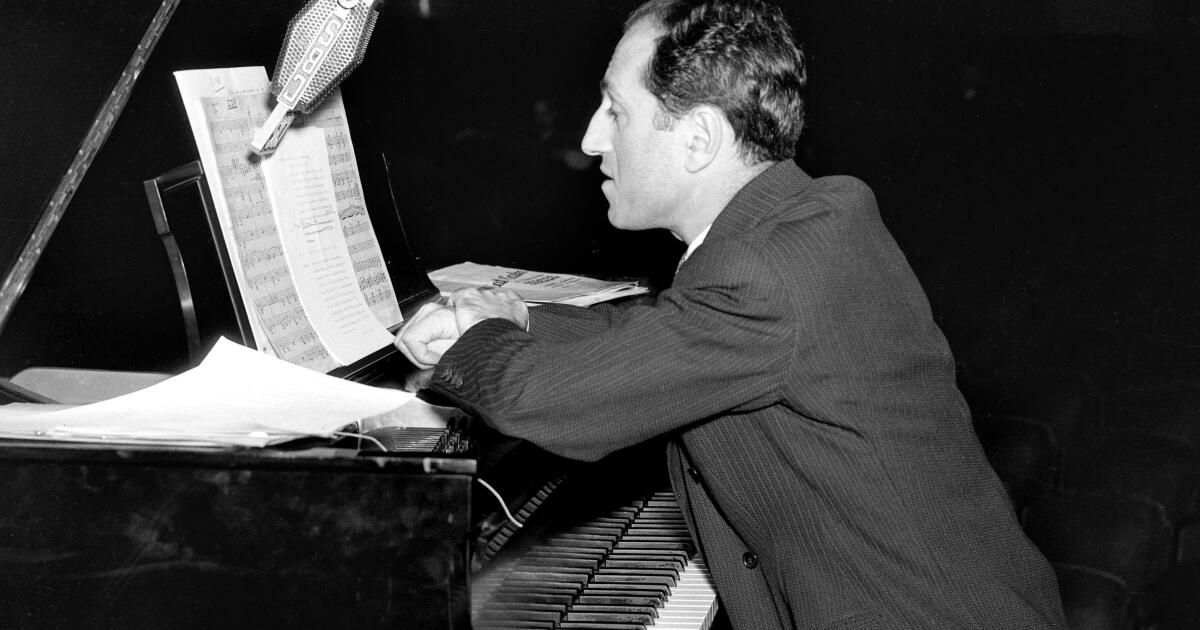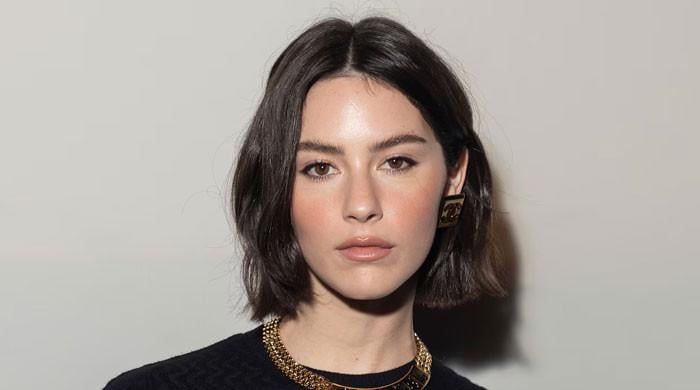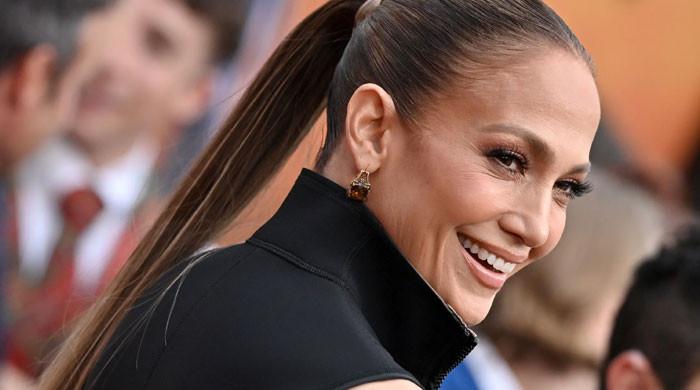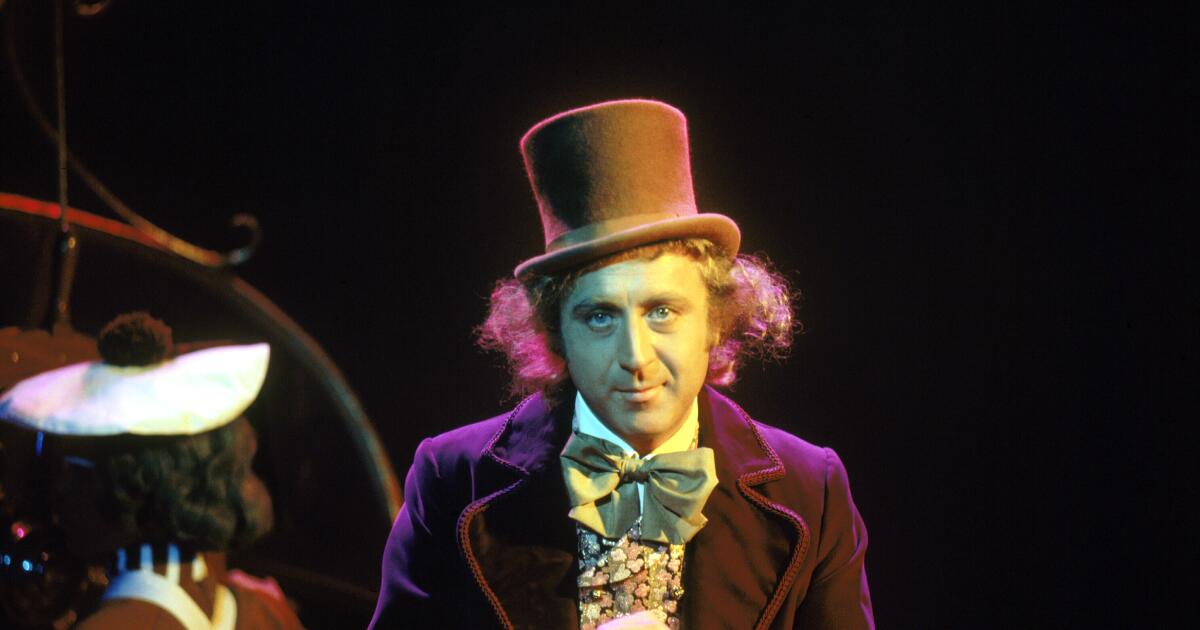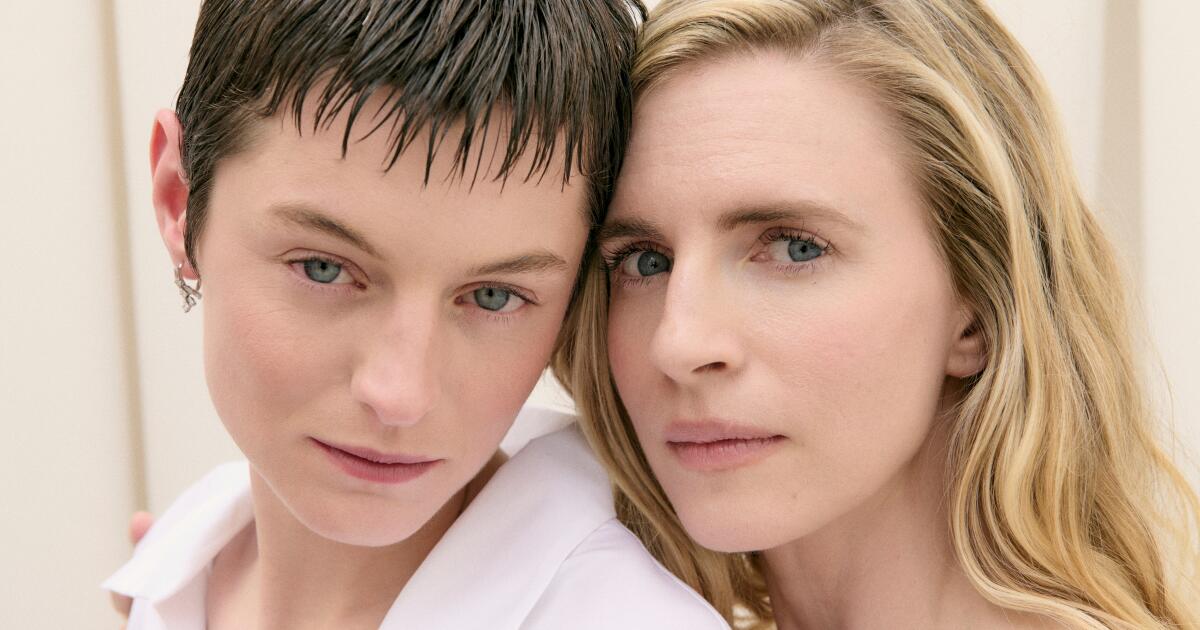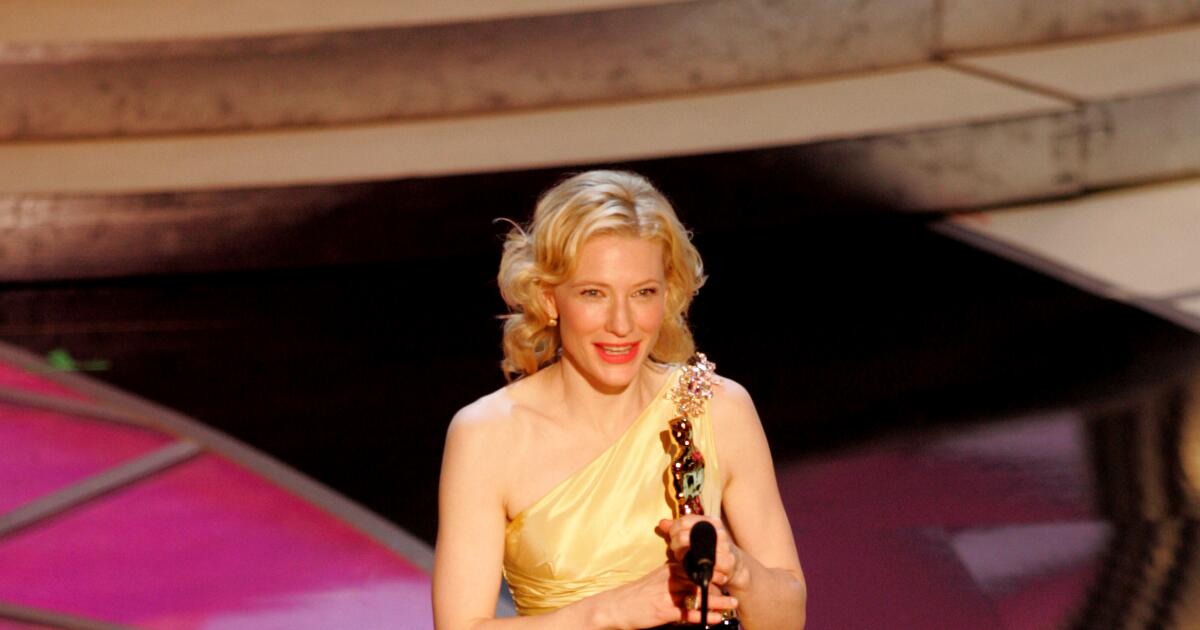I'm not sure when I first heard George Gershwin's “Rhapsody in Blue,” which premiered 100 years ago this week, from beginning to end.
Snippets from the soundtrack of my life as a child and teenager had played: the opening ceremony of the 1984 Olympics at the LA Memorial Coliseum, random cartoons, United Airlines commercials, cameos in Disney productions. It's one of those classic pieces, like Beethoven's Fifth and Ninth symphonies and Bach's eerie Toccata and Fugue in D minor, that long ago left the orchestra hall to entrench themselves in the American psyche.
When I finally finished “Rhapsody in Blue” in its entirety, it was the aural equivalent of the Big Bang.
The wailing, breathless clarinet solo that begins. The ironic tubas and trombones that accentuate the opening section. The thundering drums and cymbals that announce the beginning and end of the movements. Elegant violins. Piano chords that advance during the solos and rise above the swirling and clashing chaos, demanding to be recognized.
George Gershwin, composer and pianist, at his home in New York. The image is dated September 1, 1934.
(CBS Photo Archive)
The composition was a revelation. She strutted, stomped and jumped. It was simple and joyful (nothing I knew of classical music) and sparked an admiration for Gershwin's creation that grows the more I learn about him and his era.
As orchestras across the country celebrate “Rhapsody in Blue” throughout 2024, it is important to think of the piece as more than just music. In a year when Americans care about our democracy like they haven't in decades, this tells the saga of this nation and offers a path forward.
As Gershwin often said, he wrote “Rhapsody in Blue” quickly after reading an article in the newspaper that reminded him of his promise to release a new concert that mixed classical music with the jazz that fascinated the cool atmosphere of the country at that time. Searching for a muse, the 26-year-old found one among the clangs, hisses and hisses of a train ride to Boston. That foundation allowed Gershwin to construct “a kind of musical kaleidoscope of America, of our vast melting pot, of our unduplicated national energy, of our metropolitan madness,” he told a music critic in 1931.
Their final product hit the nail on the head, both musically and thematically. Hints of Cuban clave rhythms, Tin Pan Alley harmonies, Jewish melodies and piano licks swim through its overall romantic theme. The messy beat – alternately defiant, maudlin, tearful and bombastic – sounds like that of a country that was figuring things out for itself but nonetheless remained optimistic and confident in its future.
There was no better person to imagine this sonic tribute to America than Gershwin. He never attributed any explicit political meaning to “Rhapsody in Blue,” because he didn't have to. He was the son of working-class Jewish immigrants who fled the tyranny of the Russian Empire in search of a chance at a better life in New York. His work wrestled with the questions facing every second-generation American. Does he maintain the customs of the old country, reject them completely to fully assimilate into mainstream society, or does he take the best of both and mix it with what he learns from other cultures?
Like many second-generation children, he chose the latter scenario and lived it with enthusiasm.
Gershwin made his decision in a city filled with people from all over the world, in a nation that saw the influx of foreigners as strange and threatening. Three months after the release of “Rhapsody in Blue,” President Coolidge signed the Johnson-Reed Act. He severely restricted immigration from southern and eastern Europe and created the Border Patrol to keep out Asians and Mexicans—the antithesis of everything Gershwin's ode to America celebrated.
“Rhapsody in Blue” is more identified with New York, as it should be: Gershwin was a Gothamite, he premiered it in Manhattan, and the best recording remains Leonard Bernstein conducting the Columbia Symphony in 1959 while playing the piano (too bad). Bradley Cooper did not recreate the scene in his recent Bernstein biopic, “Maestro.” However, we in Los Angeles should also claim a piece of Gershwin and the genius of him. He moved to Southern California with his brother Ira to live in Hollywood and saw better days in Los Angeles rather than on the East Coast. But George's career was tragically cut short when he died in 1937, aged just 38, after surgery to remove a brain tumour.
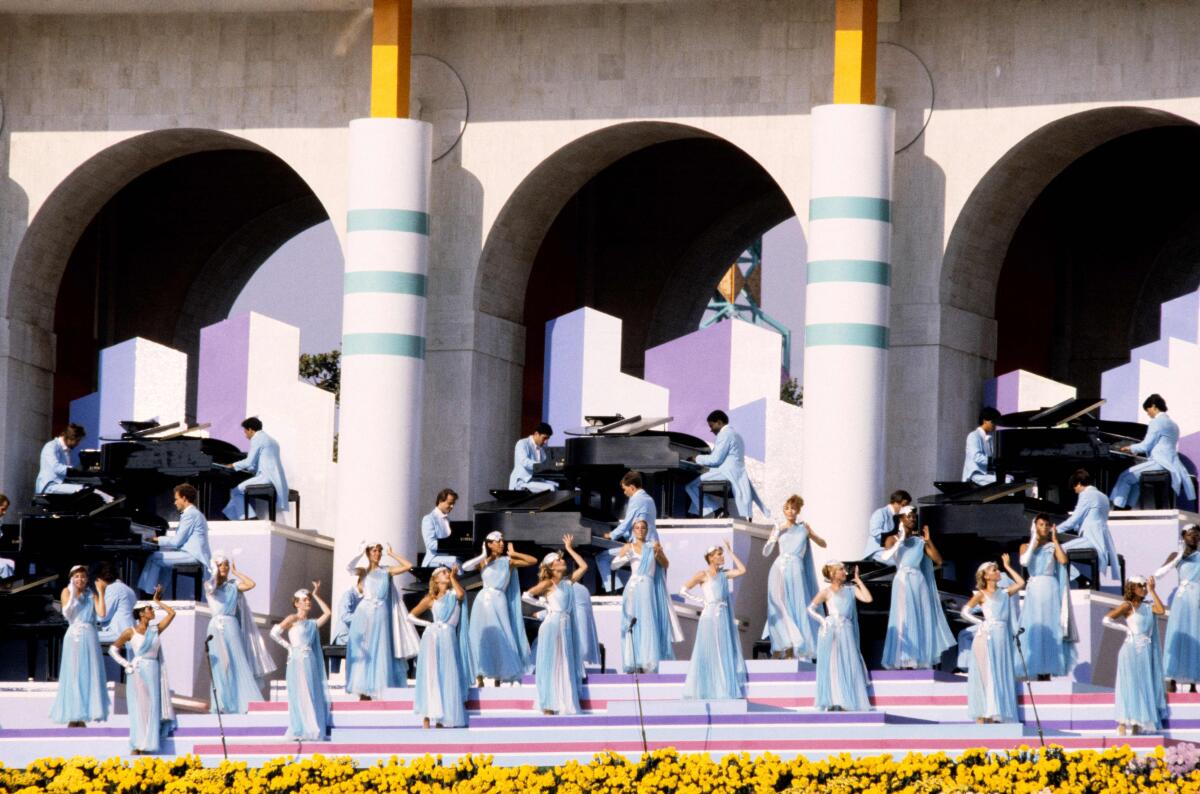
Dancers and pianists perform during the opening ceremony of the 1984 Summer Olympics at the Memorial Coliseum in Los Angeles on July 28, 1984. Eighty-four grand pianos played George Gershwin's “Rhapsody in Blue.”
(Georges Bendrihem/AFP via Getty Images)
One could only imagine what Southern California, a gateway to Latin America and Asia, might have taught Gershwin had he lived.
His tour de force is aspirational, inspiring and offers lessons for us all. However, there has always been opposition to the brilliance of “Rhapsody in Blue.” Bernstein once told the Atlantic that it was “a series of separate paragraphs glued together with a thin paste of flour and water” and not “a real composition,” even as he described Gershwin as “my idol.” In recent decades, scholars have accused Gershwin of cultural appropriation for daring to be a Jewish man who fused his love of black music with classical music, a fusion that reached its peak with the opera “Porgy and Bess.” .
Recently, composer Ethan Iverson wrote in the New York Times that “Rhapsody in Blue” was “the worst masterpiece” in the classical canon, and described it as “Caucasian,” whatever that means. Thinking of it as corny, old-fashioned and “white” misses its revolutionary potential. Thank God the public has understood its truth all along.
There's a reason it's a standard that symphonies trot out when they need to sell out (the Los Angeles Philharmonic will play it at the Hollywood Bowl this summer, site of many iconic performances of Gershwin's work). Why eyes shine as people rise from their seats as the orchestra reaches its stirring conclusion.
He is unabashedly hopeful and proud of this country's mess. It challenges you to feel the same. It's America at its finest.

